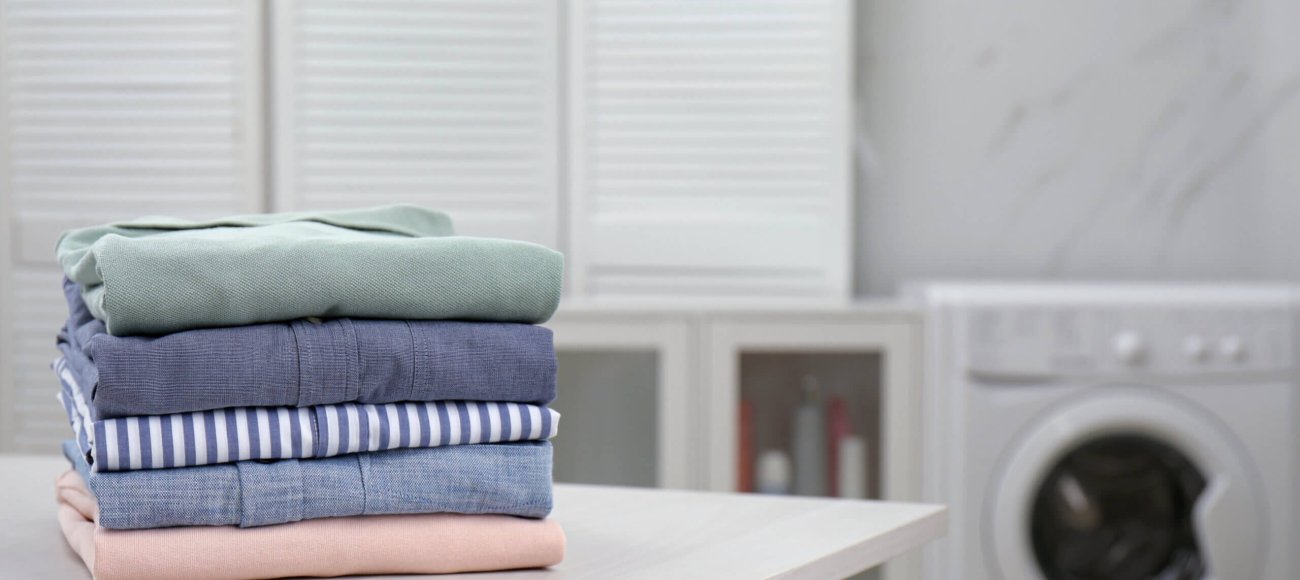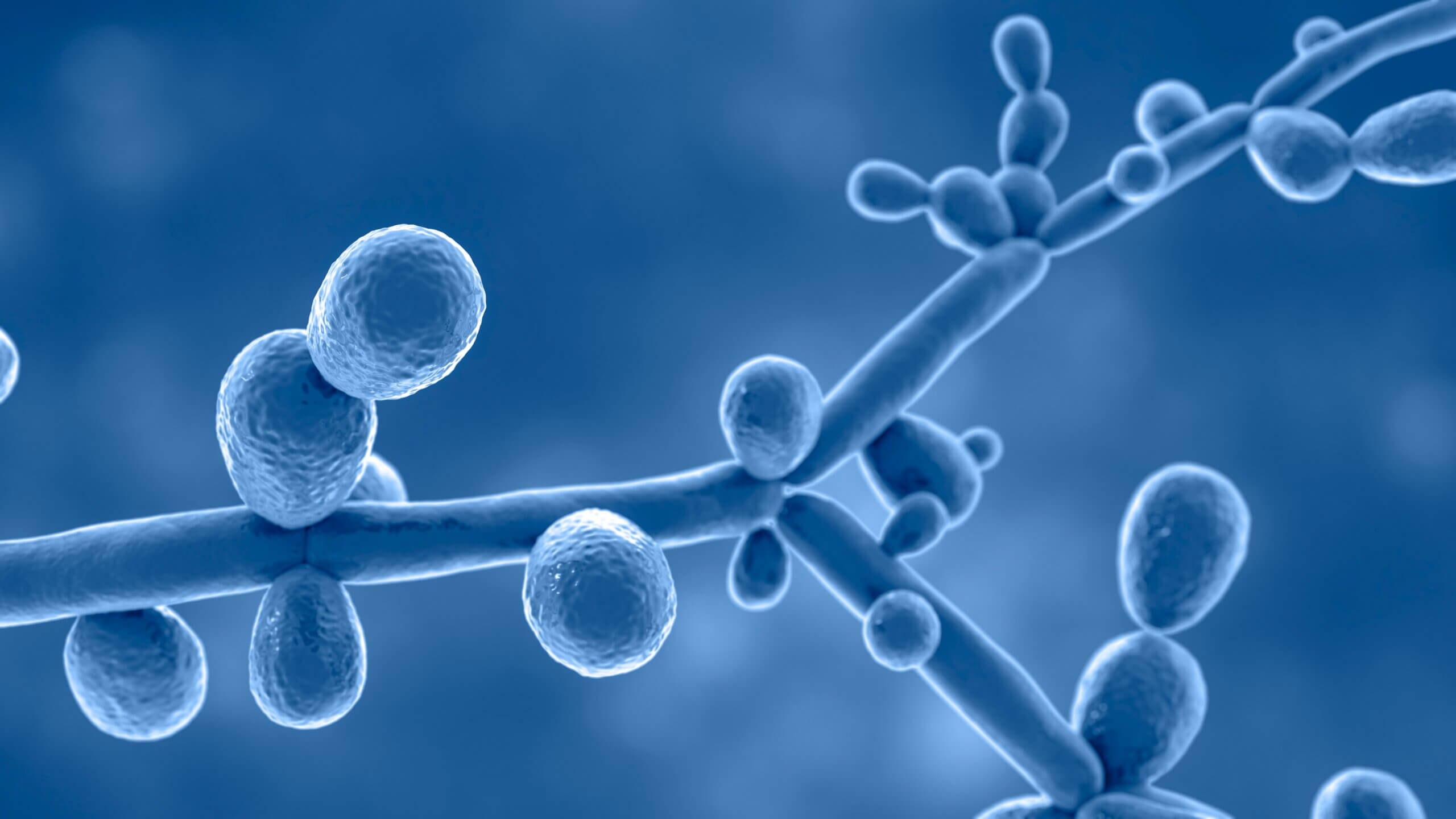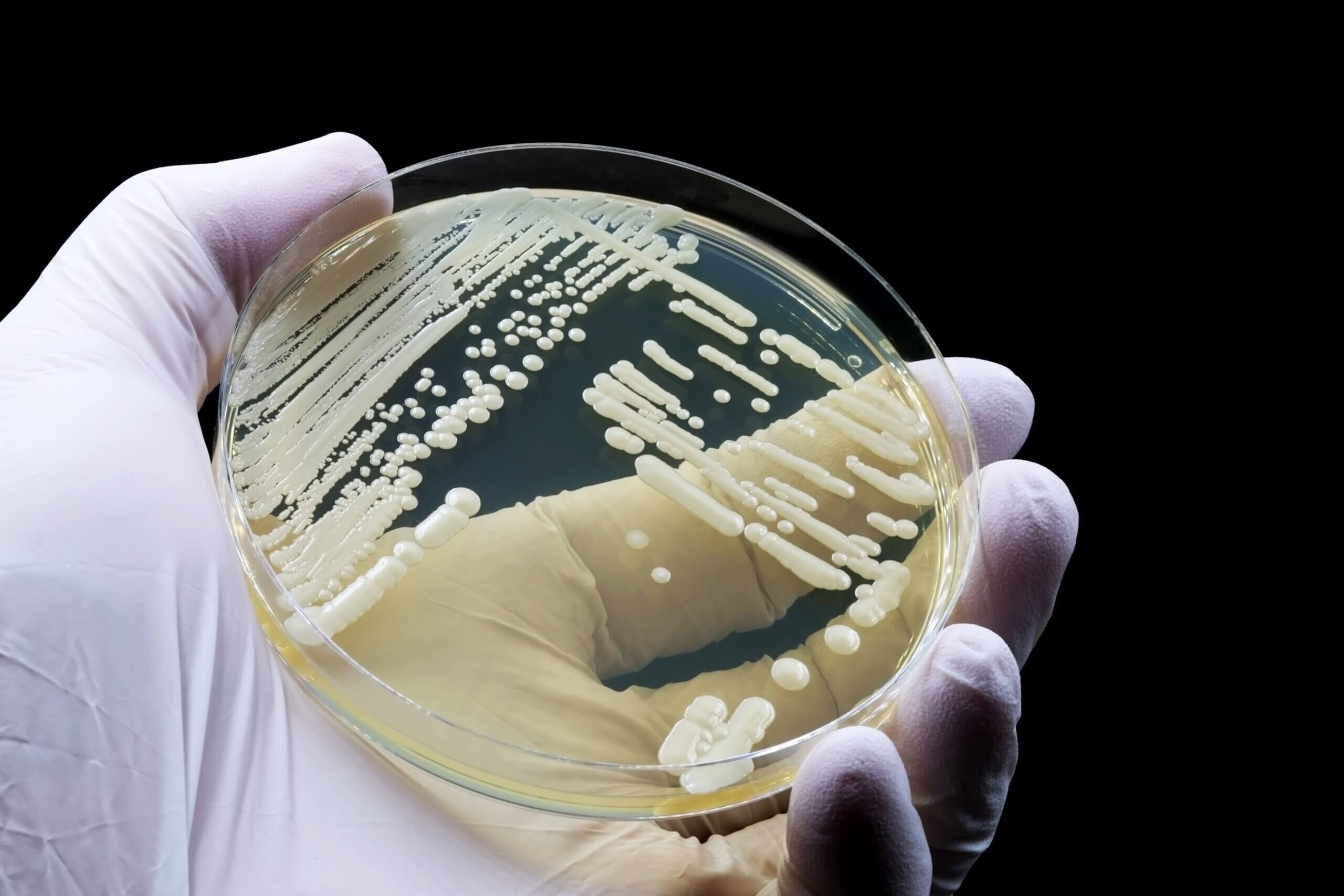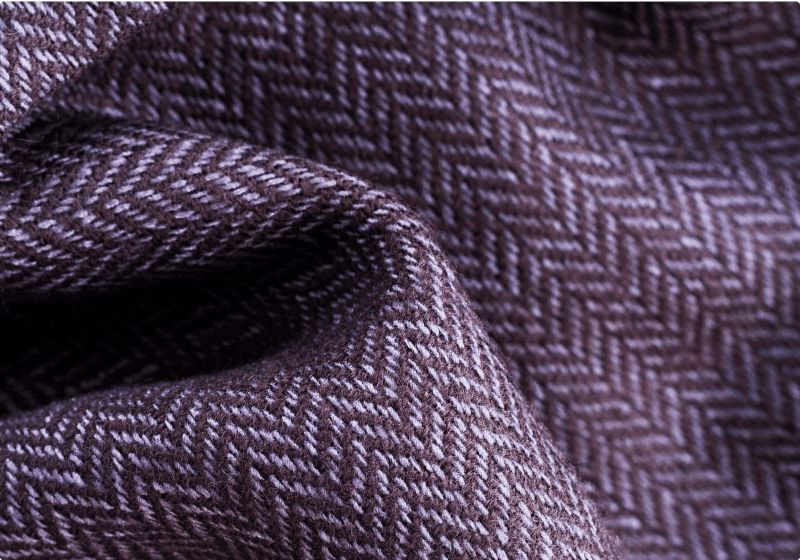Implementing ISO 17299-3 in Textile odor testing: A Best Practices Guide
Implementing standardized testing methods in textile production not only guarantees quality but also enhances the marketability of products. ISO 17299-3 is a standard focusing on the gas chromatography method for determining deodorant properties in textiles. This standard is of great importance for manufacturers aiming to certify the efficiency of their products to neutralize odors. This article provides a detailed summary and guide on how the ISO 17299-3 test standard can be integrated into the textile production processes.
Introduction to ISO 17299-3
ISO 17299-3 is part of a series of standards that specify methods for determining the deodorant properties of textile products, such as woven fabric, knit, nonwoven, fibers and yarns, braiding products, tapes, and slings. This particular part employs gas chromatography to measure the concentration of odoriferous chemicals in textiles. The objective is to quantify how effectively a textile can reduce the presence of these chemicals compared to a baseline [Odor reduction rate(ORR)], providing a clear metric of its deodorant properties.
ISO 17299-3 for textile odor testing
Scope and Applicability
The standards cover all textile products, including woven fabric, knit, and non-woven, fibers and yarns, braiding products, tapes, and slings, by focusing on the quantification of the odoriferous components e.g., indole, isovaleric acid, nonenal, and acetic acid. Such compounds are common in the sweat of humans, and hence the main aim is to assess the textile products’ quality that seek to offer the control of odor.
Principle of the Textile odor testing
The test procedure involves exposing a textile sample to a controlled quantity of odoriferous chemicals. After exposure, the concentration in the air around the textile is measured. This is made possible through gas chromatography of high specificity in the measurement of a chemical’s concentration.
Odor reduction rate (ORR)
The reduction rate of the concentration is calculated from the Formula.
ORR = [(B – A)/B] x 100
where,
ORR is the odor reduction rate in percentage;
B is the average of the concentration of testing gas without a specimen;
A is the average of the concentration of testing gas with a specimen
Implementing ISO 17299-3 in Textile odor testing
Step-by-Step Guide
- Preparation of Reagents and Materials: All chemicals and materials to be used in the lab experiment should be prepared with exact purity and required quantities. Ensure that the test is accurate with the use of reagents of analytical grade.
- Sample Preparation: Cut textile samples to the required size and condition in accordance with the standard requirements of the test method (A or B). This includes cutting the fabrics into the required dimensions and conditioning them in standard atmosphere as per ISO 139.
- Testing Environment Set Up: The testing room is set up to allow the constant testing environment in terms of temperature and humidity. It is usually advisable that the temperature is 20°C, and the relative humidity is 65%.
- Testing procedure
- Method A: This involved enclosing the textile sample in a sealed container with the odorous chemical added at the bottom end of the flask avoiding direct contact between them.
- Method B: The odorous chemical is added directly to the textile specimen in a sealed container.
- Chromatographic analysis: Air samples are drawn from each of the containers at the end of the exposure period, and chromatographic analysis is conducted. It might be expressed by the difference in the concentration of the chemical before and after exposure of the textile and serves as the measure of the deodorant efficacy of the textile (ORR).
- Data Analysis and Interpretation: From concentration measurements, calculate the percent reduction in odor. The information that follows is going to assist in determining the effectiveness of textile material in reducing the concentration levels of the targeted odors.
Conclusion
ISO 17299-3 is a critical test method for odor testing of textile products. Manufacturers of such textiles will ensure adherence to this standard, and therefore, quality has to be good thus ensuring consumer satisfaction.
Why Choose Microbe Investigation (MIS)?
At Microbe Investigations, we specialize in conducting comprehensive odor evaluation for textiles engineered to counteract the unpleasant odors stemming from sweat, microbes, and various other contaminants. Our laboratory is equipped with the latest technology and instruments, guaranteeing precise and reliable results.
Our commitment extends beyond mere testing; we are dedicated to assisting our clients throughout the development and launch phases of their high-quality products. Whether you require detailed information about our odor testing methodologies or wish to discuss how we can support your specific needs, we invite you to reach out. Contact us today to learn more about our services and how we can help elevate the quality of your textile products through expert odor evaluation.














